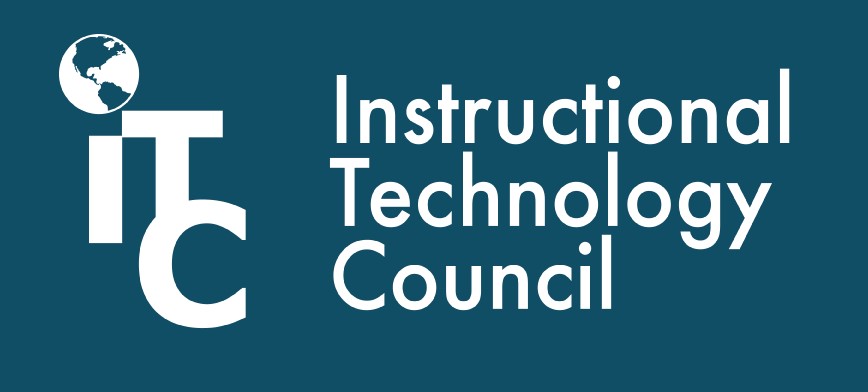We all know that distance learning has been thrust into the higher education spotlight over the past three years, but as we continue to return to a more predictable blend of in-person and online teaching experiences, what does the future of distance learning look like? And how do leaders within the distance learning field guide their institutions?

As we emerge from the pandemic, we need to have leaders with a strong focus on the future to address the ongoing challenges for students, faculty and administrators.
We often hear that past events are predictive of the future, but the last three years haven’t been a solid source. The past guide markers just aren’t there. As we continue to recalibrate from the pandemic years of “everything must be online” to a blend of multiple course delivery modalities, what are the key areas that a distance learning leader should target in order to advocate for a future-focused institution?
Editor’s note: The Instructional Technology Council continues its series of articles focusing on the anticipated impact of distance learning over the next 10 years.
Data
We all felt the effects of the pandemic. It was stressful, emotionally draining and overwhelming. But these feelings, real as they may be, are subjective and must be balanced with data in order to see the full picture of the post-pandemic landscape.
While we know that nationally enrollment in higher education plummeted during the pandemic, it was not uniform across all institutions. Some schools that leaned into and embraced distance learning actually experienced enrollment gains. Distance learning leaders must employ data-informed strategies to recalibrate the balance of in-person, online and hybrid courses to match actual (not perceived) student expectations.
Quality
Many courses were hastily thrown online within a two-week time period in the spring of 2020. Content was haphazardly thrown into the learning management system, videos were created on the fly without captioning or creativity, and syllabus expectations were thrown out the window. We gave our faculty grace in the quality of content and instruction that was offered, and we gave our students grace in their ability to actively engage in the learning environment.
That should have been a short-term experience, and yet there are still courses that look exactly the same today as they did during the spring semester of 2020. That needs to change! Leaders need to advocate, even louder than in the past, for expectations of high-quality instruction and engagement in online classes.
Diversity, equity and inclusion
Yes, distance learning allowed schools to continue to provide students with access to higher education, but we need to address the reality that distance learning can also exacerbate existing inequities, particularly when it comes to access to technology and internet connectivity. Leaders must ensure that all students have access to the necessary technology and resources to engage and succeed in distance courses.
Additionally, leaders must ensure that their courses are designed with accessibility in mind, including providing closed captions, transcripts and alternative formats for all course materials.
Campus connections
All areas within our campus communities are rebalancing the programs and services they provide to students. This includes reintroducing campus-based services and continuing the distance-based services that were provided during the pandemic.
However, the years of distance-only work were not only isolating for students and faculty, but also for all staff and administrators across campuses. Relationships need to be re-established and the need to exchange lessons learned and ideas for the future is greater than ever. Strengthening campus relationships not only helps leaders fight polarization but can also establish collaborations that result in a more welcoming and inclusive campus environment overall.
Empathy and compassion
Distance learning can be incredibly demanding for faculty and staff, who have to develop new courses or adapt existing ones to an online format. Distance learning leaders must be mindful of the workload that faculty and staff are carrying and ensure that they have the necessary support to prevent burnout. This may include providing resources for instructional design and course development support, best practices for student engagement and training or professional development opportunities.
Workload burnout is real and leaders must acknowledge this reality, genuinely empathize with their team, and support opportunities to reconnect with the elements of teaching that bring joy and inspiration.
These key areas highlight the complexities of topics that face leaders as we look at the future of distance learning. This may cause folks to wonder what resources are available to help leaders hone their skills and support their institutions in future distance learning challenges. For those who are interested in expanding their leadership skills, specifically in the distance education field, there is an annual Leadership Academy sponsored by the Instructional Technology Council. The academy is a combination of readings and assignments, in-person activities, and a capstone project. Details regarding the Distance Education Leadership Academy can be found on the ITC website.
Distance learning is not without its challenges, but it’s important that we embrace these challenges and view them as opportunities for growth and innovation. No matter what the future brings, distance learning opportunities will continue to be an essential component of the higher education landscape. With the right mindset and tools, leaders can ensure a high-quality, rigorous and engaging learning experience for future students. They deserve nothing less!





